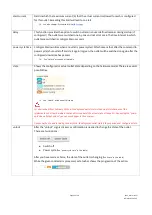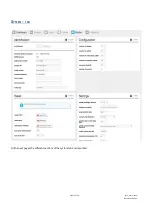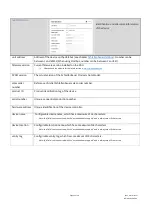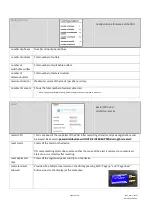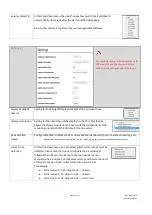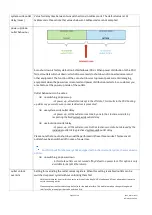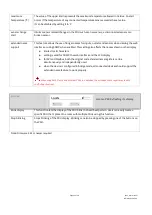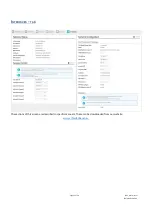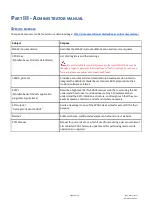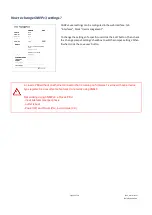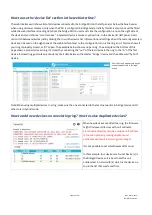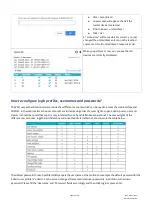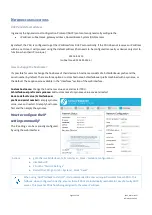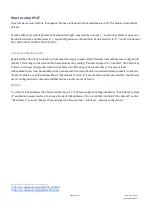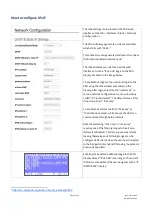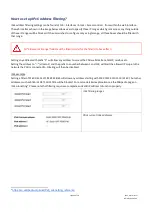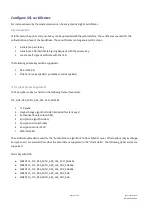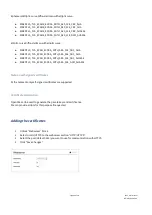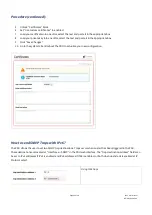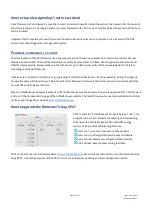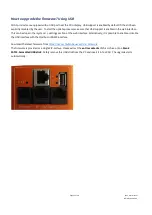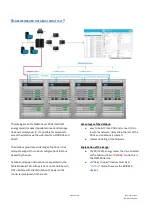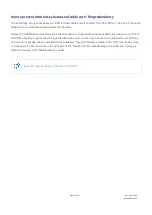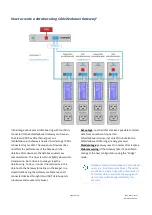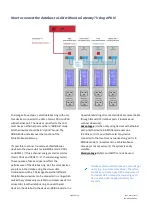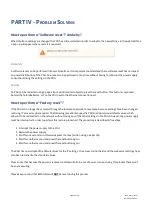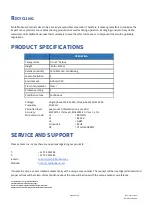
How to setup IPv6?
Since firmware version FW2.44, IPv6 support has been introduced in the Schleifenbauer PDU. This feature is disabled by
default.
An IPv6 address consists of 8 blocks of 4 hexadecimal digits separated by columns ( : ). Consecutive blocks of zeroes can
1
2
be substituted with a double column ( :: ) and leading zeroes can be omitted. The default static IP is "::" which translates to
0000:0000:0000:0000:0000:0000:0000:0000.
IPv6 Autoconfigure (SLAAC)
By default the PDU will try to obtain its IPv6 address through a process called "stateless local address auto configuration"
(SLAAC). This setting can be turned off in the web interface by setting "IPv6 Autoconfigure" to "disabled". The PDU will try
to find a router by sending router solicitation packets via ICMP6 using its link-local address. This means that a
IPv6-enabled router must be available on the network and it must send ICMP6 router advertisement packets in order for
the PDU to obtain a valid IP6 address. When "IPv6 fallback to static IP" is set to enabled in the web interface, the PDU will
use it's configured static addresses as fallback when a router cannot be found.
Static IP
To use static IPv6 addresses the PDU must either have it's "IPV6 Autoconfigure" setting disabled or "IPv6 fallback to static
IP" enabled in the web interface. To change the static IPv6 addresses, fill in a valid IPv6 into fields "IP6 address 1" and/or
"IP6 address 2"; see next chapter. These settings can be found under "interfaces → network configuration".
1
https://en.wikipedia.org/wiki/IPv6_address
2
https://en.wikipedia.org/wiki/Hexadecimal
Page 44 of 58
V262_User manual
Schleifenbauer PDU

